Articles and Webinars
Whether you are a carer, a specialist, or completely new to continence care, Wellspect Education provides learning resources for your level of expertise
Whether you are a carer, a specialist, or completely new to continence care, Wellspect Education provides learning resources for your level of expertise
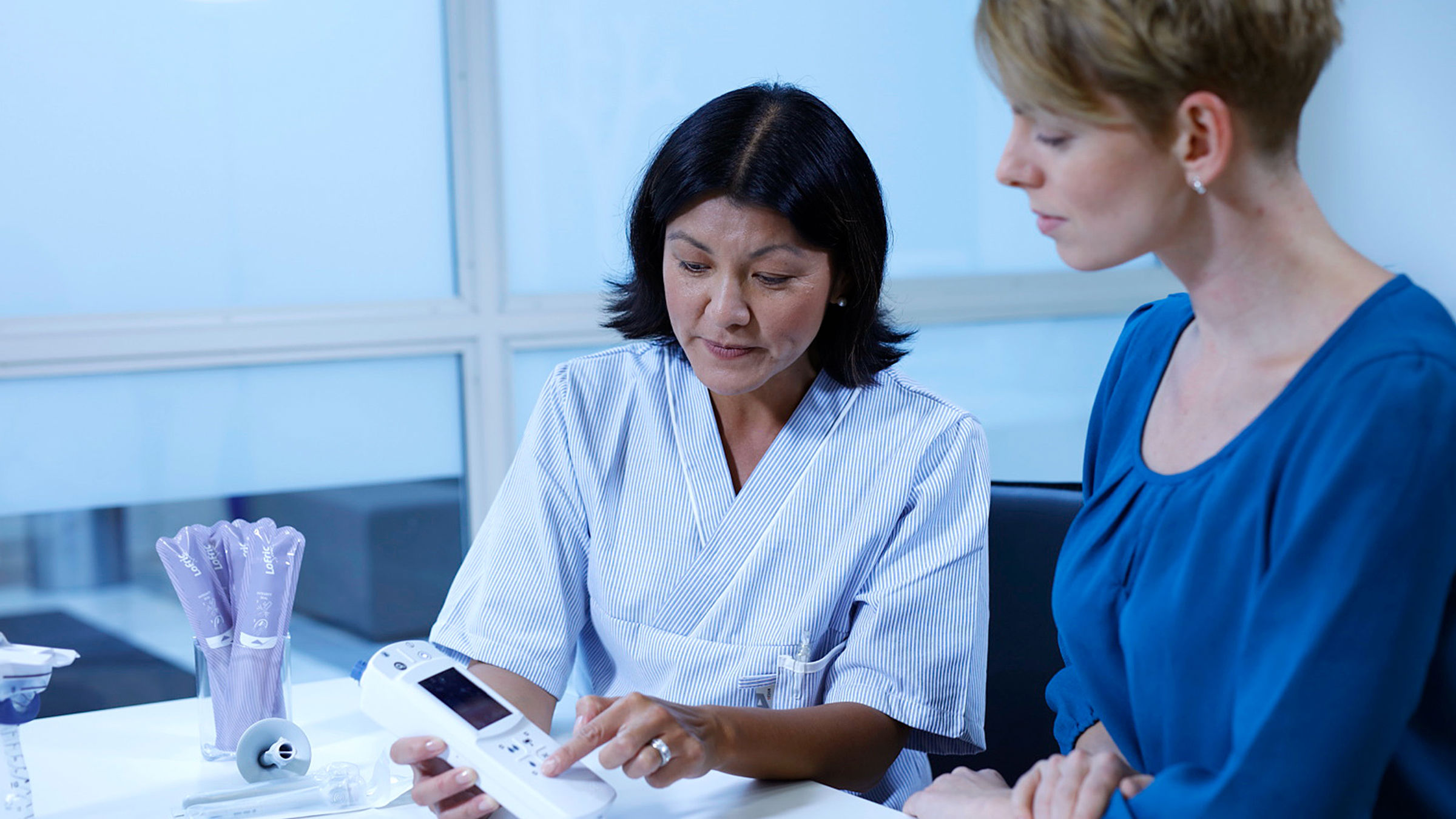
A study published in The Lancet medical journal in 2022 assessed data from existing sources regarding antibiotic resistance in the EU. According to the study, an estimate of 1.27 million people died in 2019 from infections that could have been survivable...

In a global consumer survey including 17 countries and more than 10,000 consumers, 85 percent of consumers stated that their purchase behavior has become more sustainable over the past five years.

For millions of individuals, the fear of leakage and the embarrassment associated with it can significantly impact their daily lives, hindering their ability to work, socialize, and enjoy life to the fullest.

key:global.content-type: Article
In this article you will get the perspective from an individual with a SCI on the management of his bladder and bowel after the injury.

key:global.content-type: Article
Learn more about what cauda equina syndrome is, its effects on bladder and bowel, and how to manage bladder and bowel symptoms in cauda equina.
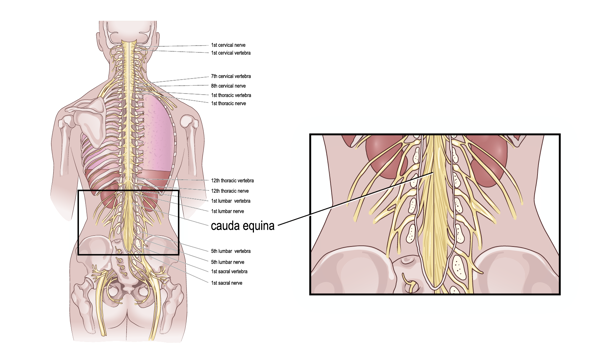
key:global.content-type: Article
Prolapse means "to fall out of place". Pelvic organ prolapse (POP) occurs when the vaginal walls, uterus, or both lose their normal support and fall out of place. Other nearby pelvic organs, such as the bladder or bowel, may be involved and also ‘drop’ from their normal position in the body. Cystocele is the most common type of POP.
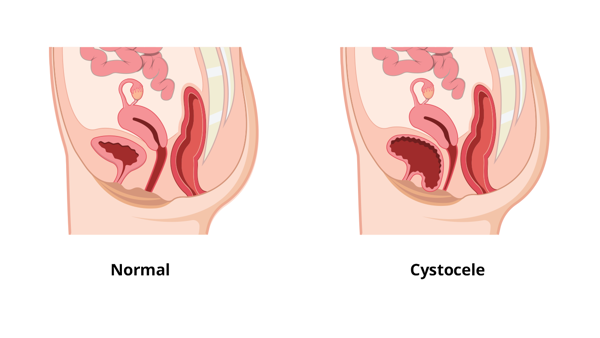
key:global.content-type: Article
Pelvic floor dysfunction (PFD) refers to a broad constellation of symptoms and anatomical changes related to abnormal function of the structures within the pelvic floor complex, which includes the supportive fibrous tissue called fascia, the blood and nerve supply and in particular the pelvic floor musculature.
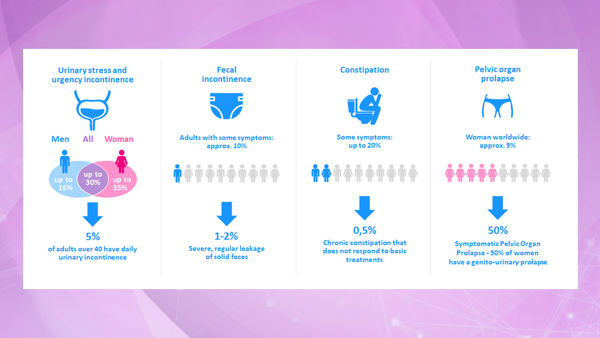
key:global.content-type: Article
Pelvic floor dysfunction is common, but not commonly talked about. In this article, you will find an explanation about basic pelvic floor anatomy, description of symptoms and how these can be managed, which can be downloaded and handed out to your patients.
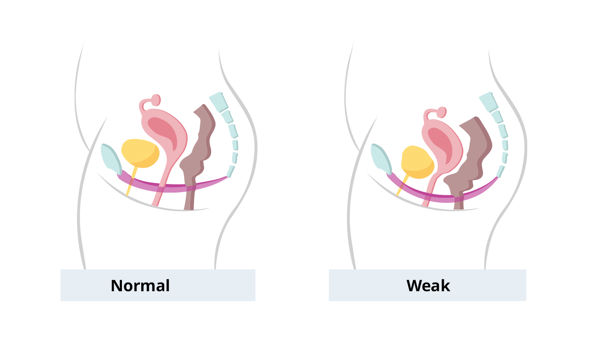
key:global.content-type: Article
A rectocele is a bulge in the anterior or posterior rectal wall, that traps stool resulting in incomplete emptying. In this article you will learn more about this common condition.
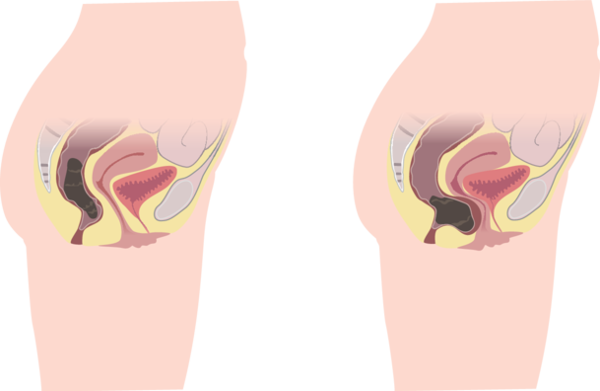
key:global.content-type: Article
The majority of individuals with SCI experience significant symptoms related to neurogenic bowel dysfunction. For example, 42% experience constipation and as many as 77% experience fecal incontinence.
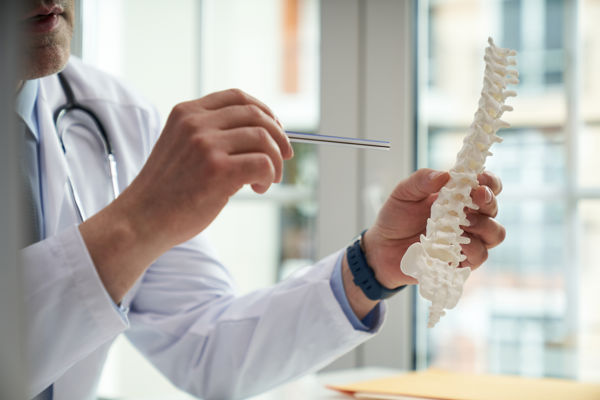
key:global.content-type: Article
Bowel dysfunction is a condition that can have many different causes. There could be a neurological disease in the spine/brain pathways which affects the bowel control, or an obstruction, and for some individuals there are no underlying medical reasons why the bowel does not function.
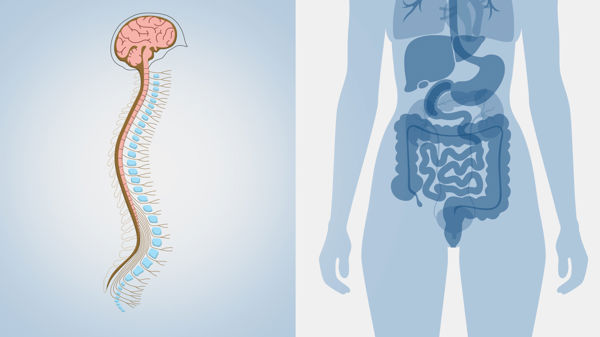
key:global.content-type: Article
Catheterization is perhaps one of the oldest urological procedures, dating back thousands of years ago. Using a urinary catheter is necessary when there is urine left in the bladder that cannot be emptied through normal voiding.
